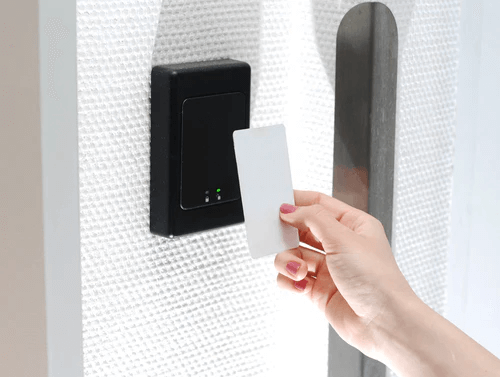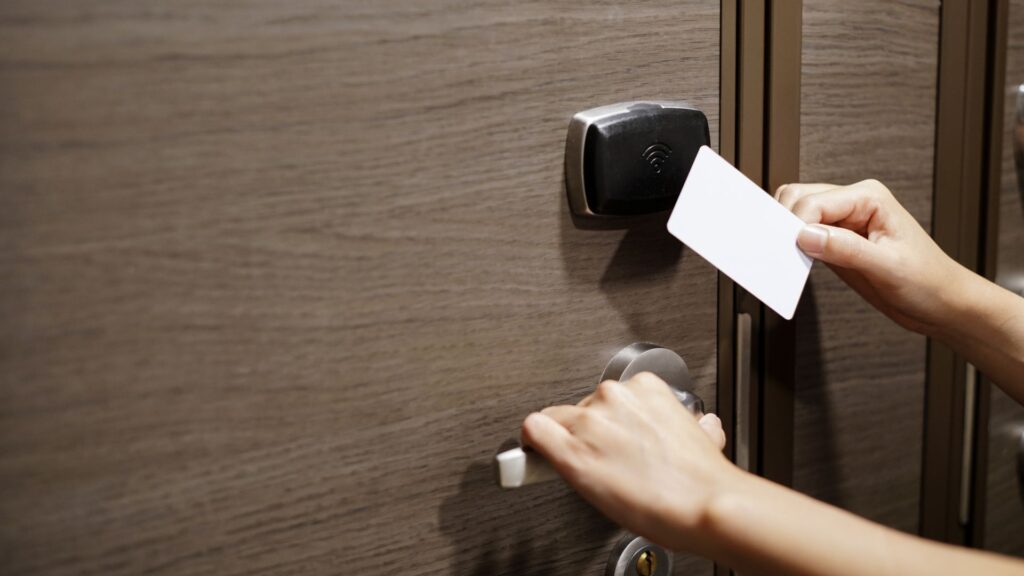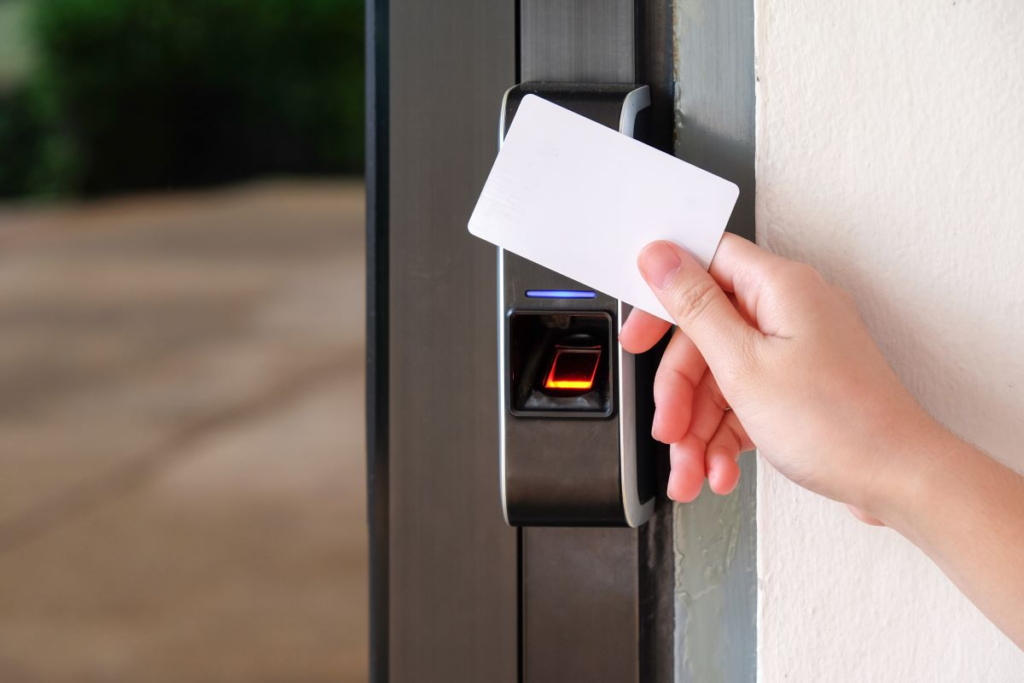
How To Choose The Right Access Control Card Format For Your Site
Choosing the right Access control card format may sound simple, but it actually impacts your entire access control system. The wrong card type can lead to compatibility issues, limited upgrade paths, or security vulnerabilities, putting your facility at risk. We’ll help you choose the right access card format by breaking down the technology, encryption, environment, and user experience to help you choose the right one.
Understanding Card Technologies
Access control cards generally fall into three categories: 125kHz proximity cards, 13.56MHz smart cards, and mobile or hybrid credentials.
Proximity cards (like HID Prox) are cost-effective but lack encryption, which means they’re easier to clone using cheap tools found online. Smart cards, such as MIFARE DESFire EV2, use secure encryption and unique identifiers to reduce risks of unauthorized duplication. Hybrid systems combine multiple technologies—ideal for facilities migrating from older systems to modern encrypted solutions.
When deciding, think beyond just the reader. Consider how your system integrates with databases, door controllers, and time attendance tools. A mismatch between card and reader technology can lead to operational inefficiencies and higher maintenance costs.

Balancing Security and Convenience
Security often comes at the cost of convenience. Basic RFID cards might open doors fast, but they offer little data protection. High-frequency cards with AES encryption or mutual authentication offer far greater protection, though they might require more setup and management.
For example, financial institutions often use encrypted smart cards to protect sensitive access logs, while co-working spaces prefer simpler cards that can be easily reassigned.
If your site handles sensitive assets or confidential data, go for encrypted smart cards. If you manage public areas or short-term users, a simpler format might balance security and convenience.
Evaluating Compatibility and Scalability
Compatibility can make or break your system. Before investing in a specific Access Control Card format, confirm that your existing readers, panels, and software can support it.
For instance, many modern controllers now support multi-technology readers—capable of reading both 125kHz and 13.56MHz cards—so you can migrate users gradually. That saves both downtime and budget.
Scalability is also key. If you plan to expand your site, ensure the chosen format supports future credential types such as mobile NFC or Bluetooth credentials.

Considering Environmental Factors
Environmental conditions matter more than many expect. Harsh industrial sites, outdoor gates, or high-humidity environments can affect card reliability. PVC cards may deform under heat, while composite cards (PVC/PET) resist temperature and bending better.
For outdoor use, pairing cards with weather-resistant readers ensures consistent performance. If your staff wears gloves, consider thicker cards or wristbands with embedded chips for easier handling.
Prioritizing Data Protection
Data protection is no longer optional—it’s a compliance requirement under regulations like GDPR or CCPA. Modern access control cards can store encrypted personal identifiers and transaction logs. This makes it easier to monitor access without exposing sensitive user information.
Always verify that the card format supports mutual authentication, meaning both the card and reader verify each other before transmitting data. It’s a small detail that prevents unauthorized reading and cloning attempts.

Cost vs. Long-Term Value
It’s tempting to choose the cheapest card available, especially for large facilities. However, low-cost cards often have short lifespans or weak security.
Spending slightly more on a robust smart card format can reduce system maintenance, re-issuance frequency, and security breaches—resulting in better ROI.
For example, upgrading from low-frequency proximity cards to MIFARE DESFire cards can cut card replacement rates by up to 40% while doubling data protection standards.
Testing and Vendor Support
Before full deployment, always test multiple card samples under real conditions. Check how they perform across different access points, door materials, and user scenarios.
Also, assess your vendor’s technical support and firmware update policy. A good provider should offer guidance on integrating your cards with existing readers, plus update options for evolving standards like NFC Type A/B or FIDO2 credentials.

Choosing The Best Access Control Card Format For Your Site
Ultimately, the best Access Control Cards format depends on your environment, budget, and long-term security goals. Smart cards with advanced encryption offer stronger protection, while hybrid solutions provide flexibility for gradual upgrades.
Take time to evaluate system compatibility, test real-world performance, and work with experienced suppliers who can support future transitions to mobile or biometric credentials. Your access card is more than a key—it’s the backbone of your site’s security ecosystem.


